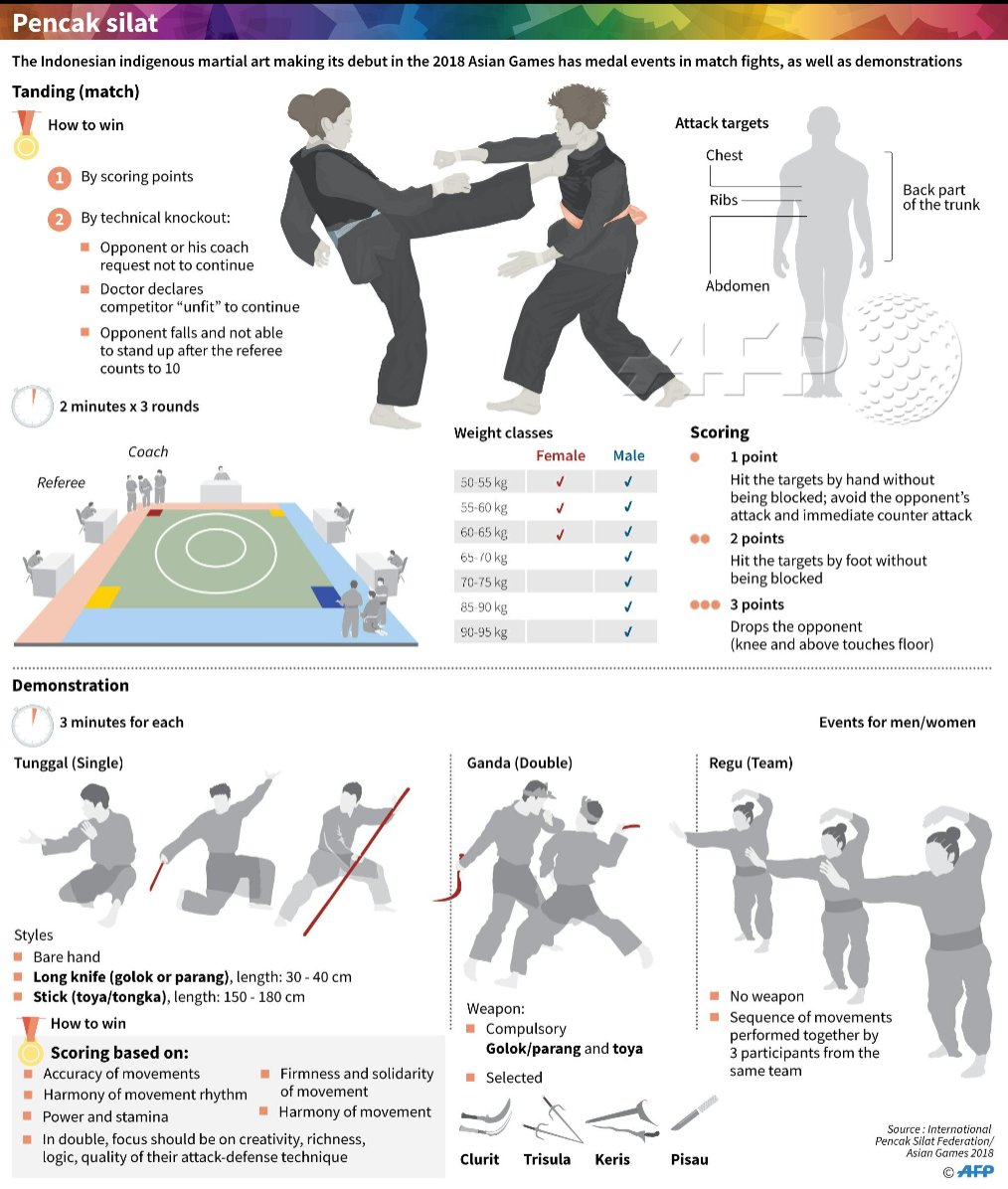Adaptability Is Crucial In Martial Arts Education
Adaptability Is Crucial In Martial Arts Education
Blog Article
Web Content Writer-Hoppe Flores
Did you understand that versatility plays an important duty in martial arts training?
Actually, relevant resource site performed by the International Journal of Sports Physical Treatment disclosed that over 80% of martial artists struggle with limited flexibility.
Yet why is adaptability so vital? Well, it not just boosts your efficiency and method but additionally reduces the risk of injuries.
So, if you're wanting to take your fighting styles skills to the next degree and stay injury-free, you'll definitely want to maintain analysis.
Advantages of Versatility in Fighting Style
Versatility in fighting styles brings various advantages to specialists, allowing you to boost your efficiency and reduce the threat of injury. By improving your versatility, you raise your range of activity, allowing you to carry out techniques with greater precision and effectiveness.
This improved dexterity and fluidity in your movements can give you a competitive edge, permitting you to react quicker and adapt to different scenarios throughout sparring or competitions. Additionally, boosted adaptability aids to prevent injuries by improving muscle mass flexibility and joint wheelchair.
https://jaspernpkvs.getblogs.net/65057556/taekwondo-for-children-recognizing-the-benefits-and-considerations permits your body to move a lot more easily, reducing the pressure on your muscles and tendons. This, consequently, minimizes the chances of strains, strains, and muscular tissue pulls. By integrating versatility training right into your martial arts method, you not just boost your efficiency but likewise safeguard your physical well-being.
Techniques to Improve Flexibility
To enhance your adaptability in martial arts, you can incorporate various extending workouts into your training regimen.
One reliable technique is vibrant stretching, which entails moving through a full range of motion to warm up your muscles and raise versatility. Examples include leg swings, arm circles, and trunk turnings.
An additional strategy is fixed stretching, where you hold a go for a sustained amount of time. This helps lengthen and relax your muscles, improving flexibility with time. Usual fixed stretches for martial arts include the butterfly stretch, hindering stretch, and shoulder stretch.
In addition, integrating yoga or Pilates right into your training can likewise substantially improve your adaptability.
Remember to constantly warm up prior to extending and pay attention to your body to prevent injury.
Flexibility Educating for All Ability Levels
As you proceed in your martial arts training, boosting your versatility ends up being necessary for boosting your general performance. Adaptability training isn't only advantageous for sophisticated experts however also for newbies and intermediate pupils.
Regardless of your ability level, integrating versatility exercises right into your training routine will certainly assist you establish a wide range of motion, stop injuries, and enhance your method implementation.
For novices, versatility training can assist improve your form and position, enabling you to carry out activities properly and successfully. Intermediate experts can utilize versatility training to additional increase their range of movement and improve their fluidity in carrying out complicated strategies. Advanced trainees can take advantage of versatility training by keeping and refining their existing adaptability, allowing them to execute innovative actions easily.
Verdict
In conclusion, accepting adaptability in your martial arts training is critical. By including strategies to enhance adaptability, you can improve your performance and protect against injuries.
Bear in mind, 'An adaptable body is a resistant body.' So, maintain pushing your limits, extending frequently, and profit of a supple and nimble body.
